Customize Your Vault Like a Pro - CSS On Hover Button Effects
Obsidian is a powerhouse for note-taking and knowledge management! But, but did you know you can take it even further with CSS? Whether you’re looking to fine-tune the appearance of your workspace, create a distraction-free writing environment, or add a personal touch to your theme, CSS tricks can completely transform how Obsidian looks and feels.
In this post, I’ll share some stylish CSS customizations that you can easily apply to the buttons in your vault.
On Hover Buttons Effects⌗
Pulse⌗
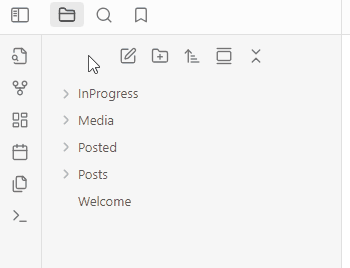
.clickable-icon:hover,
.workspace-tab-header-inner-icon:hover {
animation: pulse 1.5s infinite;
}
@keyframes pulse {
0% { transform: scale(1.5); }
50% { transform: scale(1); }
100% { transform: scale(1.5); }
}
Gelatine⌗
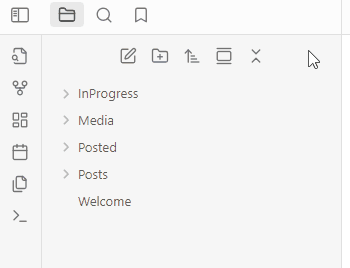
.clickable-icon:hover,
.workspace-tab-header-inner-icon:hover {
animation: gelatine 0.5s infinite;
}
@keyframes gelatine {
from, to { transform: scale(1, 1); }
25% { transform: scale(0.9, 1.1); }
50% { transform: scale(1.1, 0.9); }
75% { transform: scale(0.95, 1.05); }
}
Shake⌗
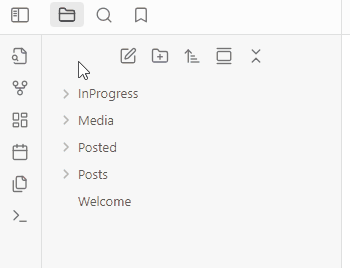
.clickable-icon:hover,
.workspace-tab-header-inner-icon:hover {
animation: shake 1s ease infinite;
}
@keyframes shake {
30% { transform: scale(1.2); }
40%, 60% { transform: rotate(-20deg) scale(1.2); }
50% { transform: rotate(20deg) scale(1.2); }
70% { transform: rotate(0deg) scale(1.2); }
100% { transform: scale(1); }
}
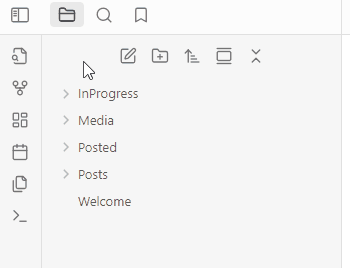
.clickable-icon:hover,
.workspace-tab-header-inner-icon:hover {
animation: shake 2s ease infinite;
}
@keyframes shake {
0%, 100% {transform: translateX(0);}
10%, 30%, 50%, 70%, 90% {transform: translateX(-7px);}
20%, 40%, 60%, 80% {transform: translateX(7px);}
}
Grow⌗
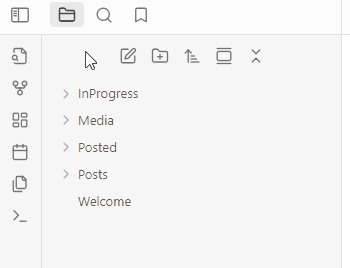
.clickable-icon:hover,
.workspace-tab-header-inner-icon:hover {
animation: grow 2s ease;
}
@keyframes grow {
from { transform: scale(1); }
to { transform: scale(2); }
}
Bounce⌗
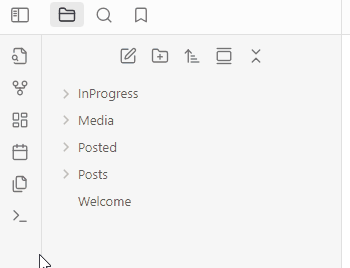
.clickable-icon:hover,
.workspace-tab-header-inner-icon:hover {
animation: bounce2 2s ease infinite;
}
@keyframes bounce2 {
0%, 20%, 50%, 80%, 100% {transform: translateY(0);}
10% {transform: translateY(-10px);}
30% {transform: translateY(-8px);}
60% {transform: translateY(-5px);}
}
Flip⌗
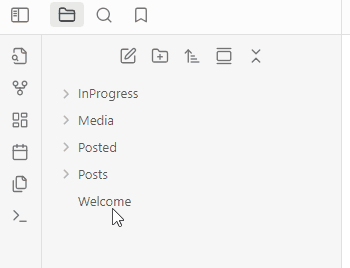
.clickable-icon:hover,
.workspace-tab-header-inner-icon:hover {
backface-visibility: visible !important;
animation: flip 2s ease infinite;
}
@keyframes flip {
0% {
transform: perspective(400px) rotateY(0);
animation-timing-function: ease-out;
}
40% {
transform: perspective(400px) translateZ(150px) rotateY(170deg);
animation-timing-function: ease-out;
}
50% {
transform: perspective(400px) translateZ(150px) rotateY(190deg) scale(1);
animation-timing-function: ease-in;
}
80% {
transform: perspective(400px) rotateY(360deg) scale(.95);
animation-timing-function: ease-in;
}
100% {
transform: perspective(400px) scale(1);
animation-timing-function: ease-in;
}
}
Wooble⌗
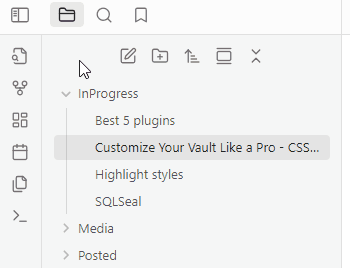
.clickable-icon:hover,
.workspace-tab-header-inner-icon:hover {
animation: wobble 2s ease infinite;
}
@keyframes wobble {
0% { transform: translateX(0%); }
15% { transform: translateX(-25%) rotate(-5deg); }
30% { transform: translateX(20%) rotate(3deg); }
45% { transform: translateX(-15%) rotate(-3deg); }
60% { transform: translateX(10%) rotate(2deg); }
75% { transform: translateX(-5%) rotate(-1deg); }
100% { transform: translateX(0%); }
}
Fade Out⌗
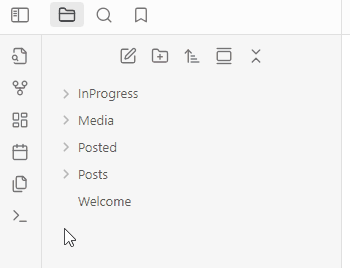
.clickable-icon:hover,
.workspace-tab-header-inner-icon:hover {
animation: fade-out 1s linear infinite;
}
@keyframes fade-out {
from { opacity: 1; }
to { opacity: 0; }
}
Credits to Nelle de Jones for the CSS code.
Enable Custom CSS in Obsidian⌗
Obsidian supports custom CSS through community themes or a custom snippets folder. To use custom styles:
- Open Settings (
Ctrl + ,orCmd + ,on Mac). - Navigate to Appearance.
- Scroll down and enable “CSS snippets”.
- Open your Obsidian vault.
- Go to the
.obsidianfolder (it might be hidden; enable hidden files if necessary). - Inside
.obsidian, create a new folder namedsnippets(if it doesn’t exist). - Inside the
snippetsfolder, create a new file with the.cssextension, e.g.,custom-style.css. - Open the newly created
.cssfile in a text editor and add your custom styles.
Whether you’re aiming for a sleek, modern look or a playful, eye-catching effect, CSS provides endless possibilities for button customization. With careful styling and thoughtful design choices, your buttons can enhance both the aesthetics and functionality of your vault.